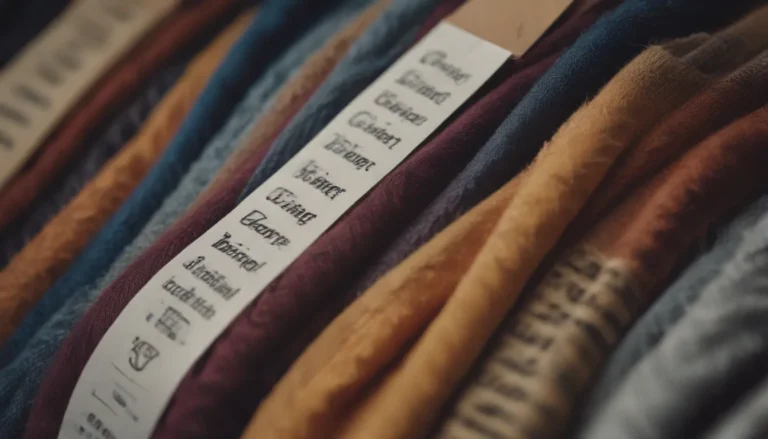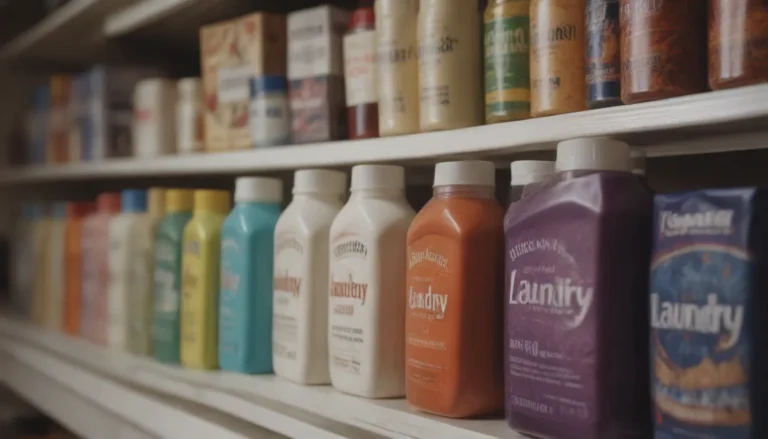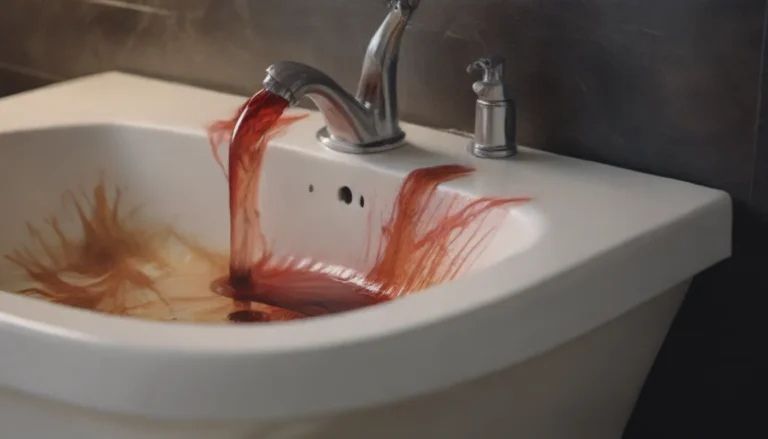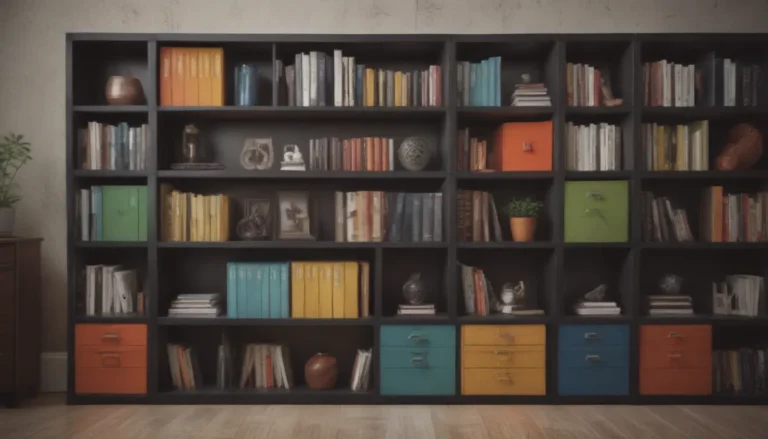Understanding Filtration Soil: Causes, Prevention, and Removal
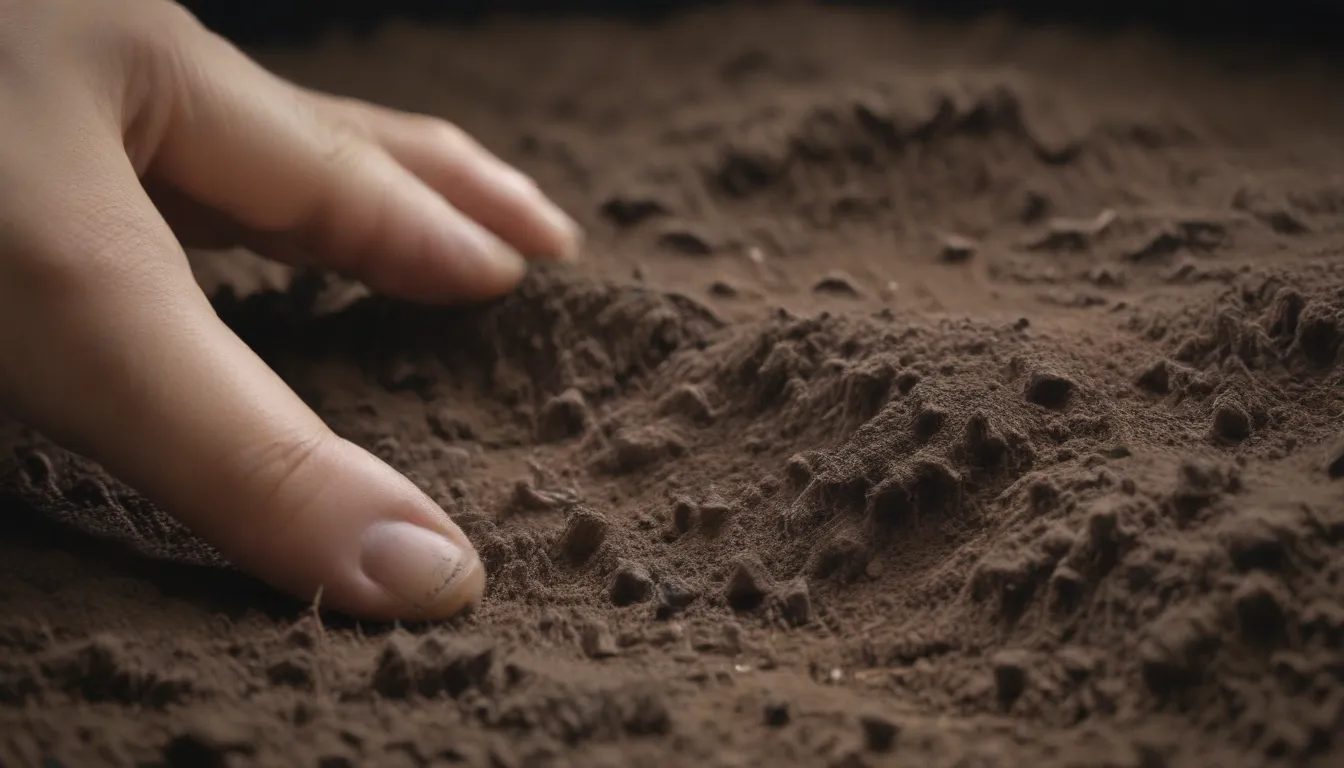
If you’ve ever noticed mysterious black lines along the edges of your carpet, chances are you’re dealing with a common issue known as filtration soil. These unsightly marks can be caused by a variety of household contaminants that get trapped in your carpet’s fibers over time. But fear not, because with a little know-how, you can learn how to prevent and tackle this pesky problem.
What Is Filtration Soil?
So, you may be wondering, what exactly is filtration soil? Essentially, filtration soil is a buildup of dust, pet hair, smoke (especially from burning candles), fireplace ash, cooking oils, and outdoor pollutants that find their way into your carpet and create those dark lines or streaks. Contrary to what you may think, filtration soil is not mold. You may notice these lines forming along walls, under doors, around air vents, or along the edges of your stairs.
What Causes Black Lines Along the Edge of Your Carpet?
Filtration soiling occurs when air is forced into a room at a higher rate than it can escape through the ventilation system. As a result, the air seeks alternative escape routes, often passing over the carpet and carrying pollutants that get trapped in the fibers. This leads to the formation of those pesky black or gray lines along the edges of your carpet. It’s important to note that filtration soiling is not a reflection of your housekeeping skills and can occur in even the cleanest of homes.
How to Clean Filtration Soil
Unfortunately, removing filtration soil from your carpet can be a challenging task. The particles are extremely fine and become deeply embedded in the carpet fibers over time. In extreme cases, it may not be possible to completely remove all traces of the soiling on your own. If you’re facing stubborn filtration soil, it’s best to seek help from professional carpet cleaners who have the tools and expertise to tackle the issue effectively.
One effective method for removing filtration soil is hot water extraction, also known as steam cleaning. This process involves using a cleaning solution added to the water to help break down and lift away the trapped contaminants from your carpet fibers.
Preventing Filtration Soil: Tips and Tricks
While removing filtration soil can be challenging, taking proactive steps to prevent it from developing in the first place can save you time and frustration. Here are some strategies you can implement to minimize the formation of soil filtration lines in your carpet:
Start With the HVAC System
- Have your home’s ducts cleaned regularly to prevent dirt and pollutants from entering your home.
- Change your HVAC filter as recommended to trap airborne contaminants before they reach your carpet.
Eliminate Gaps
- Keep interior doors open to allow air to circulate freely and prevent it from escaping under closed doors.
- Seal gaps between the carpet and baseboard trim using expandable foam sealant to prevent air from carrying pollutants into your carpet.
Reduce Pollutants
- Avoid smoking indoors and minimize candle burning to reduce pollutants in your home.
- Keep your home clean by vacuuming frequently and dusting thoroughly to minimize the buildup of contaminants.
- Use stove hood vent fans when cooking to remove smoke and odors from your home.
Install Darker Carpet
- Consider replacing your lighter-colored carpet with a darker shade to camouflage any remaining filtration soil lines.
By following these preventive measures and staying on top of your carpet maintenance, you can minimize the impact of filtration soil on your home’s appearance and air quality.
In conclusion, understanding what filtration soil is, how it forms, and how to prevent and remove it can help you maintain a clean and healthy living environment. With a little diligence and the right strategies, you can keep your carpets looking fresh and free of those pesky black lines for years to come. Take control of your indoor air quality and carpet cleanliness by staying informed and proactive in your home maintenance routine.
